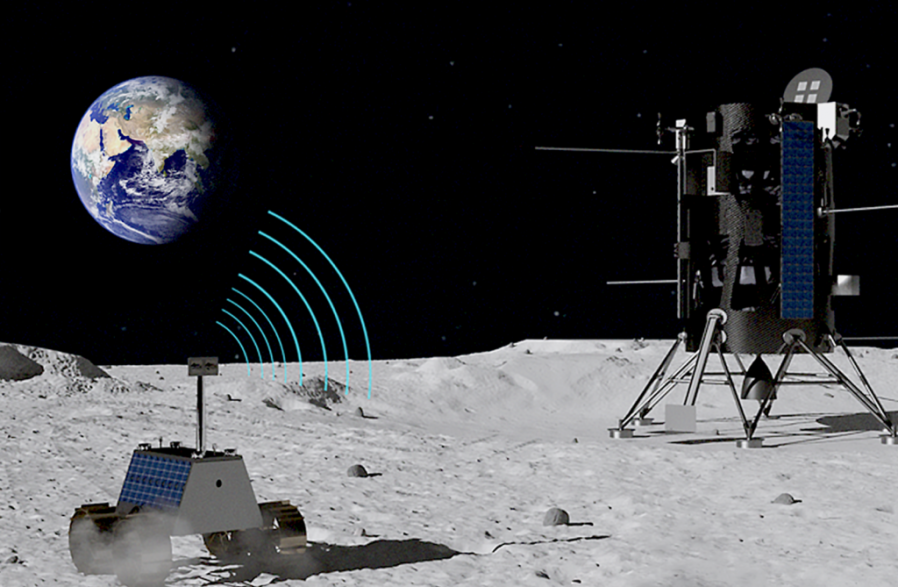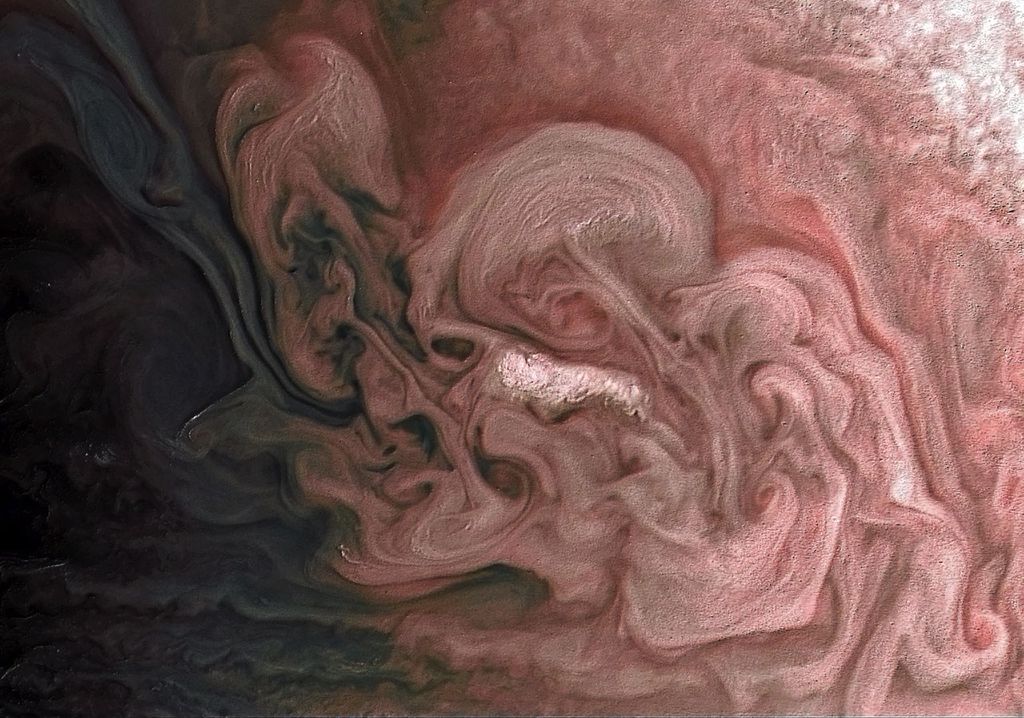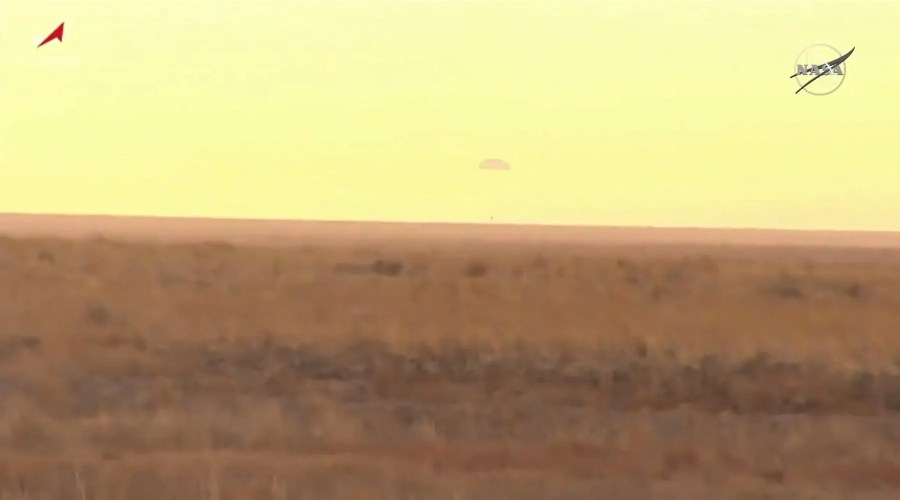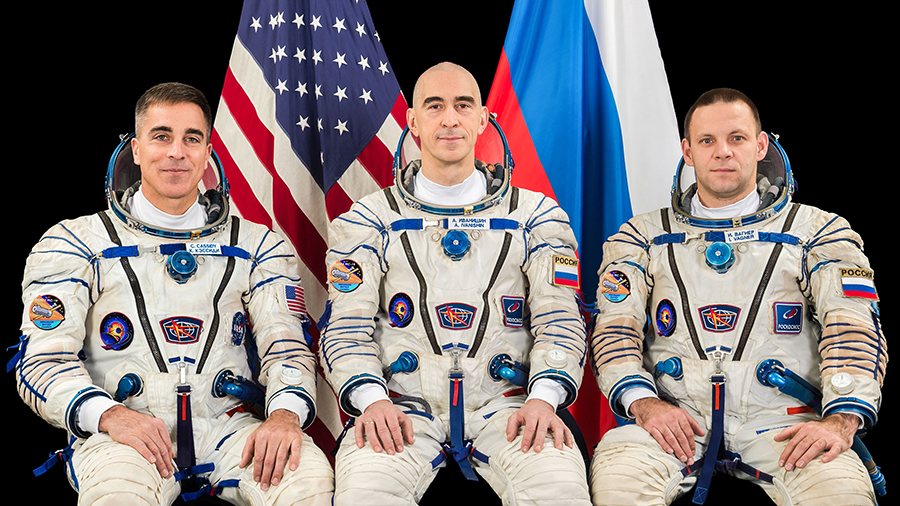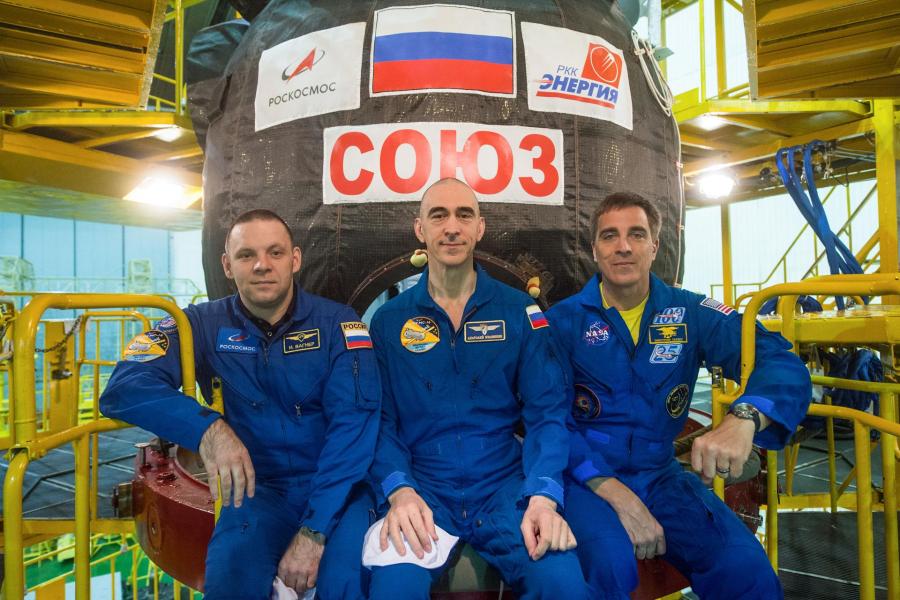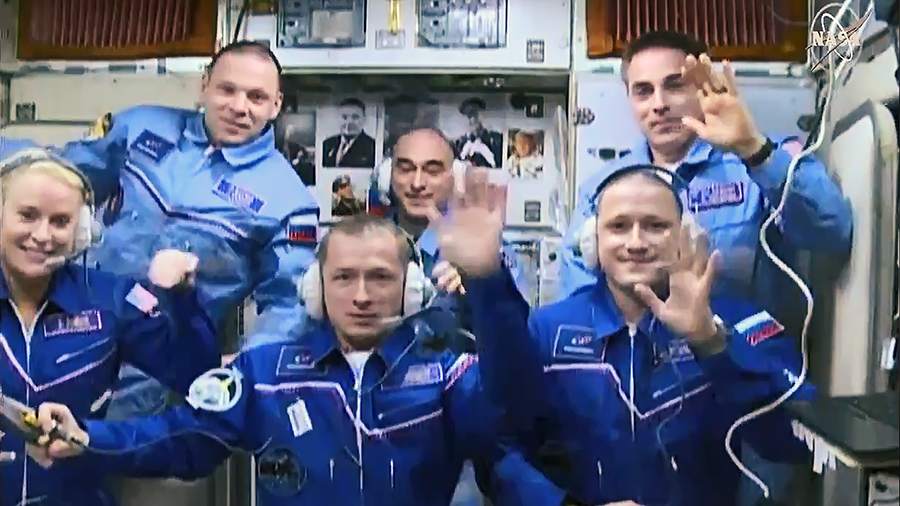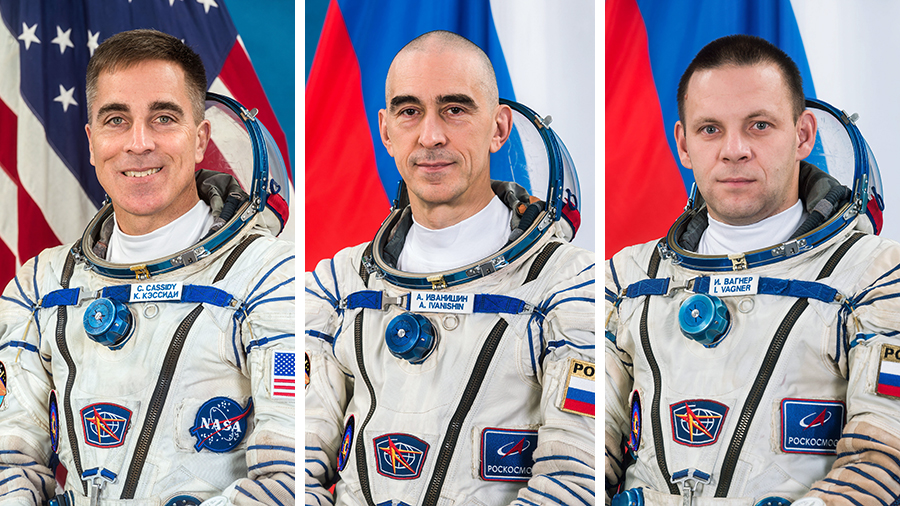As part of the Artemis program, NASA aims to establish sustainable exploration on the Moon by the end of the decade. To support that vision, our team in space tech continues to initiate public-private partnerships to develop the infrastructure, such as communications and power, needed for a long-term lunar presence. NASA’s current lunar concept calls …
Hello, Moon? It’s NASA Calling
